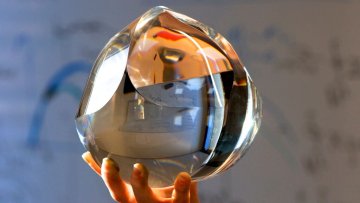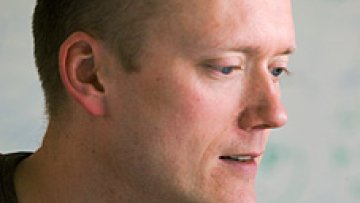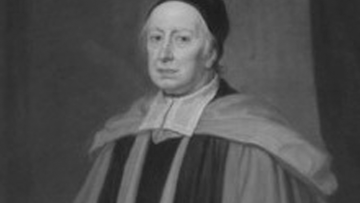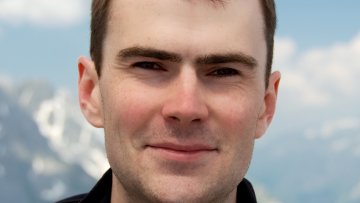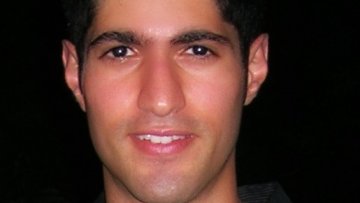The first Clay Award for Dissemination of Mathematical Knowledge has been made to Étienne Ghys in recognition of his own important contributions to mathematical research and for his distinguished work in the promotion of mathematics.
Étienne Ghys is a CNRS Directeur de Recherche at ENS, Lyon. He has published outstanding work in his own fields of geometry and dynamics, both under his own name and under the collaborative pseudonym “Henri Paul de Saint Gervais”—contributions recognised by invitations to speak at the International Congress in 1990 and by his elevation to the French Académie des Sciences in 2004. He has also given invaluable service to the international mathematical community in many contexts, as a member of the program committee for the ICM in Hyderabad, as a member of the Fields Medal committee in 2014, and through service on many other bodies.
But it is through his work in the promotion of mathematics in France and elsewhere that he has become a legend. He has given numerous carefully crafted lectures to audiences ranging from school children to delegates at the International Congress in 2006, when he gave a beautiful and exceptionally clear plenary lecture on Knots and dynamics. He has enthusiastically embraced modern technology to aid the exposition of deep ideas, for example during his editorship of Images des mathématiques, which he transformed to an online publication in 2009, and which received more than five million visits over his five-year term of office. He himself has written more than 90 articles for Images, as well as a monthly column in Le Monde.
He created with others the Maison de mathématiques et informatique in Lyon and co-founded, with Dierk Schleicher, the International summer school of mathematics for young students. His series of films, produced with Aurélien Alvarez and Jos Leys and published as DVDs and online in many languages, has had a huge impact on high school students. The first, Dimensions, has been downloaded more than a million times.


